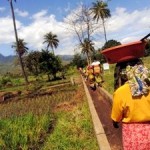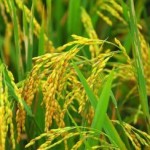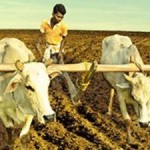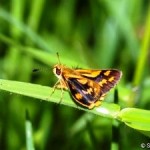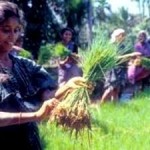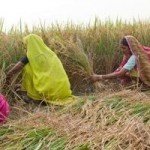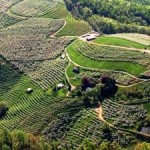- Support the conservation and use of diverse plant genetic resources – including farmers’ traditional varieties and wild species related to crops – which are critical for broadening the genetic diversity of the major crops. Key measures needed are more vigorous implementation of the International Treaty on Plant Genetic Resources for Food and Agriculture to better safeguard and share these genetic resources internationally, and increased investment in crop breeding and related research.
- Enhance the nutritional quality of the major crops on which people depend – for example, through crop breeding to improve the content of micronutrients like iron and zinc – and make supplementary vitamins and other nutrient sources more widely available.
- Promote alternative crops that can boost the resilience of farming and make human diets healthier through research aimed at making these crops more competitive in domestic and international markets. Key measures include identifying and conserving nutritious locally grown “neglected and underutilized” crops, fostering their production potential through crop breeding, and increasing their use through awareness raising and policy.
- Foster public awareness of the need for healthier diets, based on better decisions about what and how much we eat as well as the forms in which we consume food.
This comprehensive new study, relying on data from the Food and Agriculture Organization of the United Nations (UN FAO), encompassed more than 50 crops and over 150 countries (accounting for 98% of the world population) during the period 1961-2009. In addition to CIAT and the Global Crop Diversity Trust, it involved researchers from Wageningen University in The Netherlands and the University of British Columbia in Canada.
“International agencies have hammered away in recent years with the message that agriculture must produce more food for over 9 billion people by 2050,” said co-author Andy Jarvis, director of policy research at CIAT and leader for climate-change adaptation with the CGIAR Research Program on Climate Change, Agriculture and Food Security (CCAFS), which CIAT leads. “Just as important is the message that we need a more diverse global food system. This is the best way, not only to combat hunger, malnutrition and overnutrition, but also to protect global food supplies against the impacts of global climate change.”
Check the following link to read/download the Full Study – “Increasing Homogeneity in Global Food Supplies and the Implications for Food Security”:
http://www.pnas.org/content/early/2014/02/26/1313490111
Source: CIAT.
The International Center for Tropical Agriculture (CIAT) develops technologies, tools, and new knowledge that better enable farmers, especially smallholders, to make agriculture eco-efficient – that is, competitive and profitable as well as sustainable and resilient. With headquarters near Cali, Colombia, CIAT conducts research for development in tropical regions of Latin America, Africa, and Asia. For more information, visit www.ciat.cgiar.org.
The Global Crop Diversity Trust is an independent international organization working to ensure the conservation and availability of crop diversity essential for food and agriculture, forever. For more information, visit www.croptrust.org.
CGIAR is a global research partnership for a food secure future. Its science is carried out by the 15 research centers who are members of the CGIAR Consortium in collaboration with hundreds of partner organizations. For more information, visit www.cgiar.org.

